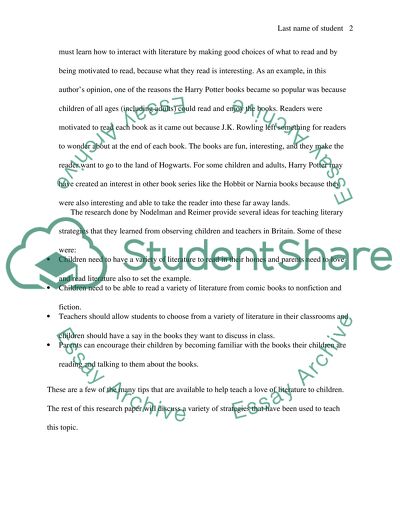Cite this document
(“Teaching Literary Strategies in Children's Books Essay”, n.d.)
Retrieved from https://studentshare.org/education/1428584-teaching-literary-strategies-in-children-s-books
Retrieved from https://studentshare.org/education/1428584-teaching-literary-strategies-in-children-s-books
(Teaching Literary Strategies in Children'S Books Essay)
https://studentshare.org/education/1428584-teaching-literary-strategies-in-children-s-books.
https://studentshare.org/education/1428584-teaching-literary-strategies-in-children-s-books.
“Teaching Literary Strategies in Children'S Books Essay”, n.d. https://studentshare.org/education/1428584-teaching-literary-strategies-in-children-s-books.


